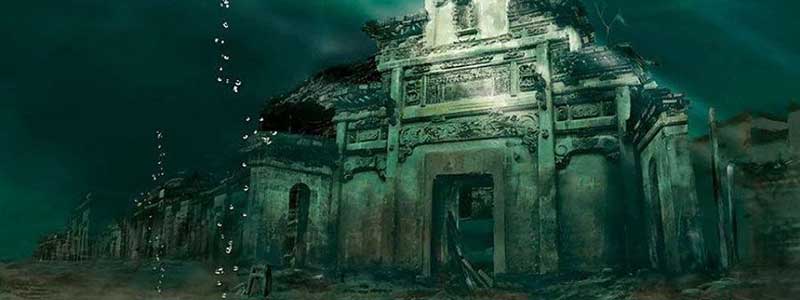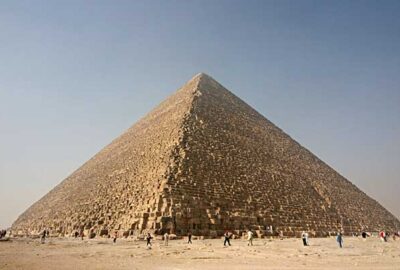Lion City – Shi Cheng, also known as the “Atlantis of the East,” is an ancient city located in Qiandao Lake, China. The city dates back to the Tang dynasty and was submerged in 1959 during the construction of the Xin’an River Hydropower Station.
Due to its preservation in water, the city’s structures and artifacts remained untouched for decades, and only in 2001 were rediscovered by archaeologists. The city features well-preserved walls, arches, and a lion statue that gave the city its name.
The Lion City Shi Cheng has become a popular attraction for divers and tourists interested in exploring the hidden history of China’s ancient past. Despite its long period underwater, the city’s beauty and architectural grandeur remain intact, making it a must-visit destination for anyone interested in history and culture.



